A Total Eclipse of the Heat
Legal Planet
APRIL 7, 2024
I hope we can collectively reckon with another terrifyingly awesome atmospheric event: the hottest year. C hotter than the second-hottest year to date, 2016. As NASA points out on X , the temperature drop gives “a firsthand sense that the sun is a major part of Earth’s climate system. The annual-average temperature was 1.48


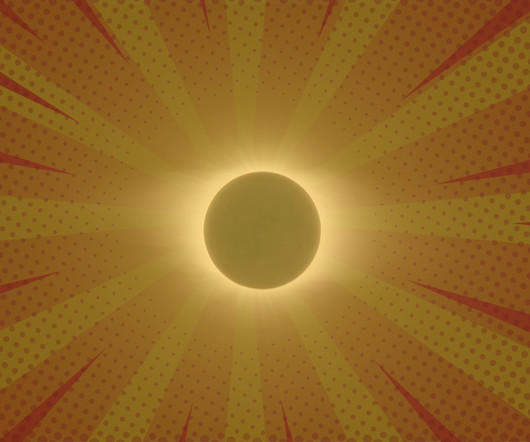
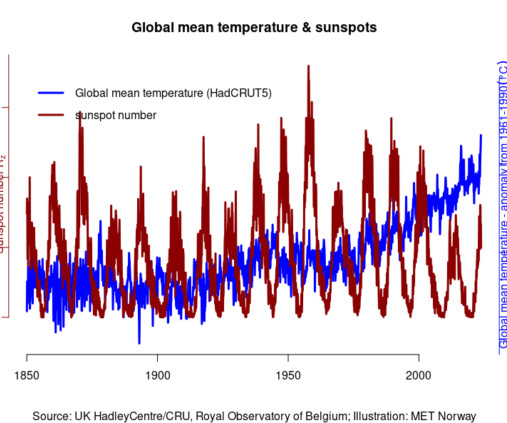
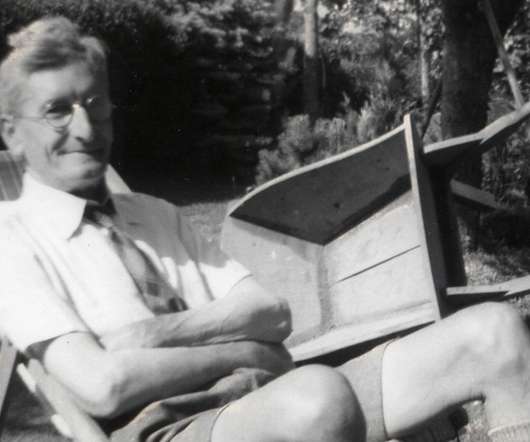
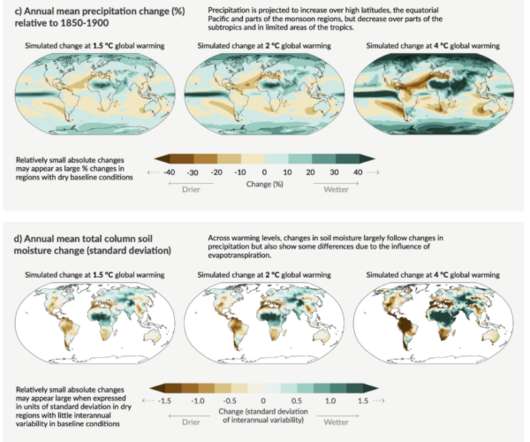
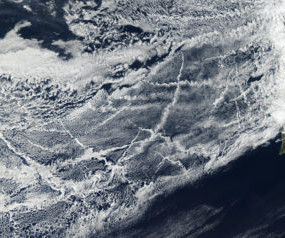






Let's personalize your content